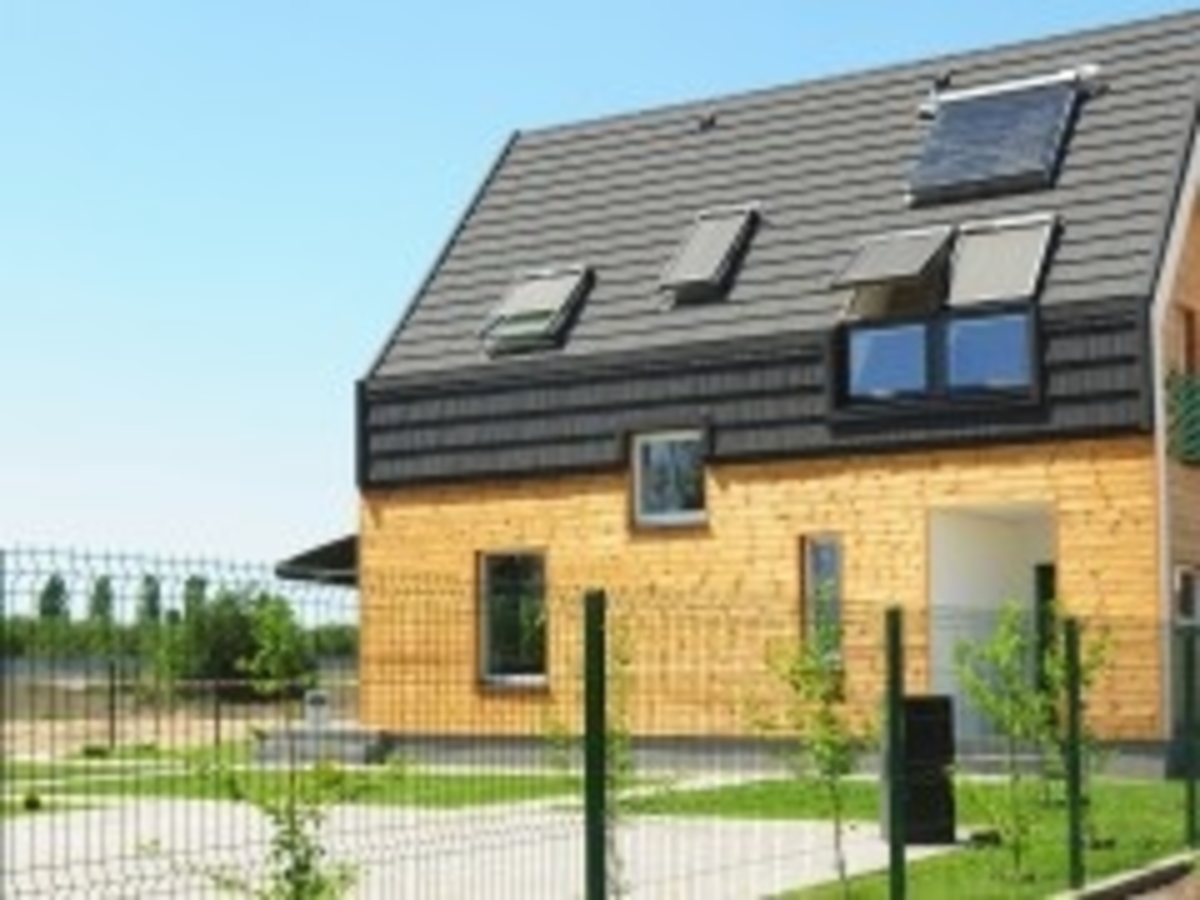Green Building Becoming the Standard for New Homes

Homes are increasingly being designed, constructed and operated toward the greener end of the construction continuum. And many of the design features associated with green building carry direct consumer benefits, such as greater comfort, lower utility bills, reduced maintenance and increased value.
New research only continues to reinforce the benefits of green building. For example:
- A recent study by the American Council for an Energy-Efficient Economy found that every dollar invested in energy efficiency yields $1.24 to $4 in benefits.
- An EPA analysis of upgrading homes to ENERGY STAR insulation and air sealing requirements showed that owners saved an average of 11% on annual utility bills.
- A sales price analysis in the latest North Carolina Building Performance Association studyshowed that high-performance homes, on average, have a 9.5% higher sale price.
Is green here to stay? All indications are yes.
Single-family green residential construction market share has continued to grow, rising from 2% in 2005 to 33% in 2017. Approximately one-third of the builders surveyed in the 2017 SmartMarket Brief: Green Multifamily and Single Family Homessaid that green building is a significant portion of their overall activity (more than 60% of their portfolio). And 88% of builders reported they are incorporating features to make their homes greener than they did two years ago.
Ongoing research by NAHB and its partners also shows that many home buyers are interested in green.
NAHB’s report, Housing Preferences of the Boomer Generation: How They Compare to Other Home Buyers, asked home buyers across four generations — millennials, Gen Xers, baby boomers, and seniors — what features they consider essential/desirable in a new home. Energy-efficient strategies, including ENERGY STAR appliances and windows and above-code insulation, made the most-wanted list and would positively influence the purchase decision of 80% or more of all home buyers.
The 2017 Green Practices Survey was conducted to gather information on sustainable and high-performance building practices being used in single-family home building in 2016. Responses were aligned with practices found in the National Green Building Standard (NGBS) to determine how green the typical single-family home is regardless of whether they obtain certification under the standard.
The survey results showed that resource efficiency, site and lot design currently are the most challenging aspects of residential green building. On average, typical homes did not meet the thresholds for “bronze” in these categories. As homes must meet the minimum requirements across all sections of the NGBS for certification, these gaps prevented more homes in the survey from being eligible for certification.
The NAHB National Green Building Program was unveiled in February 2008; the subsequent National Green Building Standard (NGBS) is now in its third iteration, with another update anticipated in early 2020.
This post was adapted from an article in the Fall 2018 issue of Best in American Living. Read the full article here. Michelle Dusseau Diller, P.E., is Program Manager for Sustainability and Green Building at the National Association of Home Builders.
